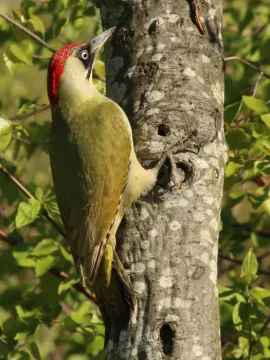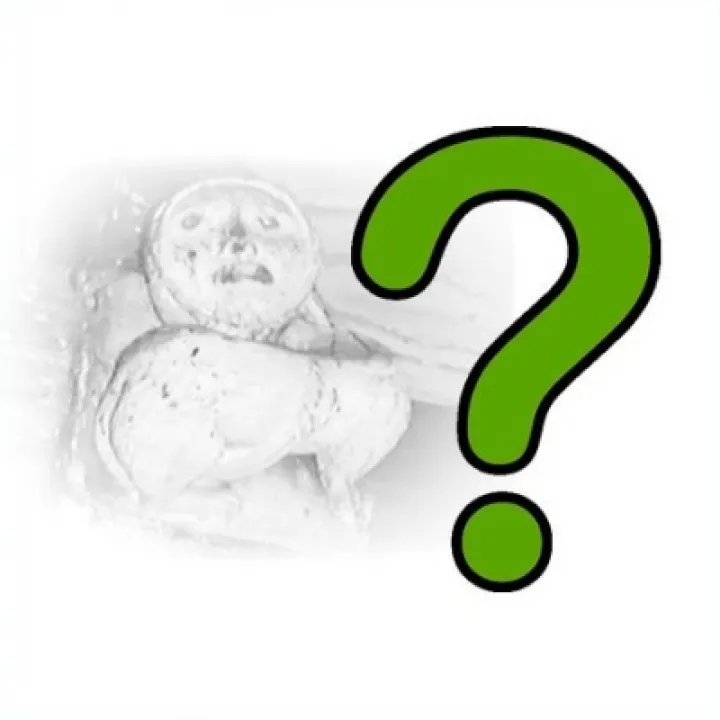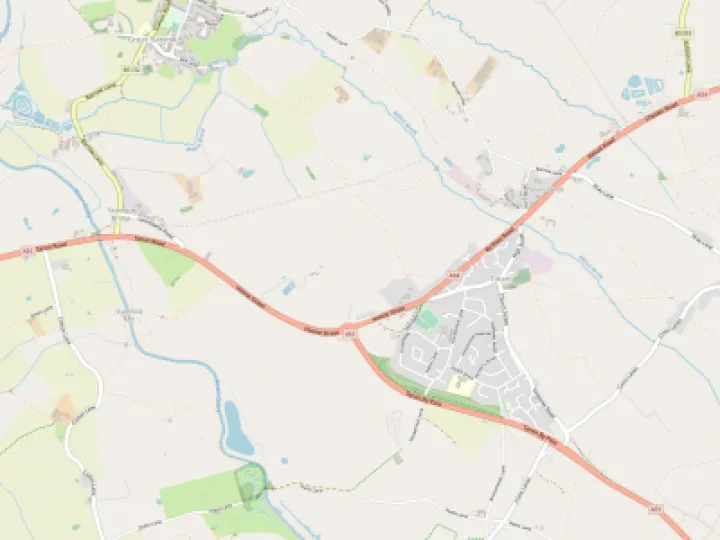Spring in the Woodland

There are three species of Woodpecker resident in England, of which, two, the Green and the Great Spotted have been recorded in (or adjacent to) our Community Woodland. The third, the Lesser Spotted Woodpecker, although still present in Cheshire, is now a rarity and is most unlikely to be present in the village. Springtime is probably the best time of year to hear and see woodpeckers. The Green Woodpecker (Picus viridis) is most likely to be identified through its 'laughing' call which gives it its colloquial name of 'Yaffle'. Essentially it is a ground feeder, notably on ants, and rarely drums in the trees. It is an eye-catching bird with green, yellow and red plumage and has been recorded feeding on the school playing field as well as within the woodland itself. On the other hand, the Great Spotted Woodpecker (Dendrocopos major) is easily recognised from its black, white and red plumage, its loud call and, at this time of year, its loud drumming.
The third, the Lesser Spotted Woodpecker, although still present in Cheshire, is now a rarity and is most unlikely to be present in the village. Springtime is probably the best time of year to hear and see woodpeckers. The Green Woodpecker (Picus viridis) is most likely to be identified through its 'laughing' call which gives it its colloquial name of 'Yaffle'. Essentially it is a ground feeder, notably on ants, and rarely drums in the trees. It is an eye-catching bird with green, yellow and red plumage and has been recorded feeding on the school playing field as well as within the woodland itself. On the other hand, the Great Spotted Woodpecker (Dendrocopos major) is easily recognised from its black, white and red plumage, its loud call and, at this time of year, its loud drumming.
Woodpeckers feature widely in mythology and legend, nearly all of which link the bird with water. In one version of Genesis, for example, when God had finished making the Earth, he ordered the birds to dig out hollows with their beaks where the seas and lakes were to be. The woodpeckers refused because it would spoil their beautiful plumage and, in retribution, God condemned them ever after to peck at wood and forbade them to drink from lakes and streams like other birds, relying instead on rain drops.
In Norse mythology, the woodpecker was the bird of Thor. In Greek and Roman mythology, however, the woodpecker was sacred to the god Mars. Picus (from which the Green Woodpecker gets its scientific name) was a man who was turned into a woodpecker by the sorceress Circe for scorning her love. In Roman fable, in particular, woodpeckers were widely worshipped in ancient Italy and were important birds in augury. They were also associated with many sacred groves and feature in the fable of Romulus and Remus. A Roman coin survives depicting two woodpeckers perched in a sacred fig tree with the wolf feeding the foundling twins beneath.
In England John Aubrey wrote in the early eighteenth century that woodpeckers had been greatly esteemed by the Druids. Edward Armstrong in his research surmises that that a Woodpecker cult arose during Neolithic times when there was still widespread oak forest (similar to our Community Woodland) but at a time when men were starting to cultivate the land. In those early days of arable farming, rain would assume a role of great importance and the Woodpecker bringing it would also bring fertility. A common thread in many of the stories about woodpeckers is that at some time the bird went astray, defied a god's commands and was vilified and thereafter relegated to a minor role.
It seems that Christianity felt a need to put the woodpecker in its place as well. There is a story from North Wales which describes how one day Christ requested food from an old woman baker. She refused him and was turned into a woodpecker! Keep your eyes and ears open for the birds – but remember, for the time being, to keep your distance from other folk on the woodland paths.
Quick Links
Get In Touch
TarvinOnline is powered by our active community.
Please send us your news and views.







